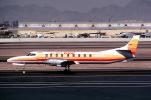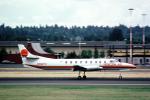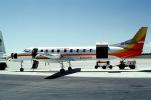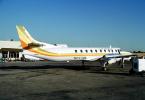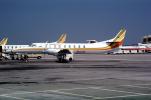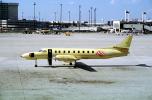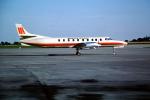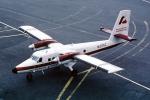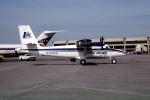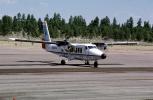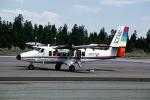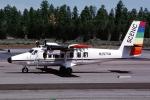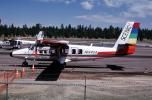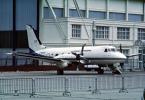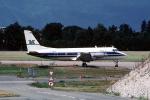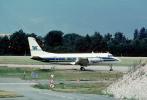Animals
Cities
Disasters
Entertainment
Food
Government
Health
Industry
Insects
Military
Nature
People
Sports
Technology
Universe
Vehicles
Explore over 500,000 Images in my personal collection
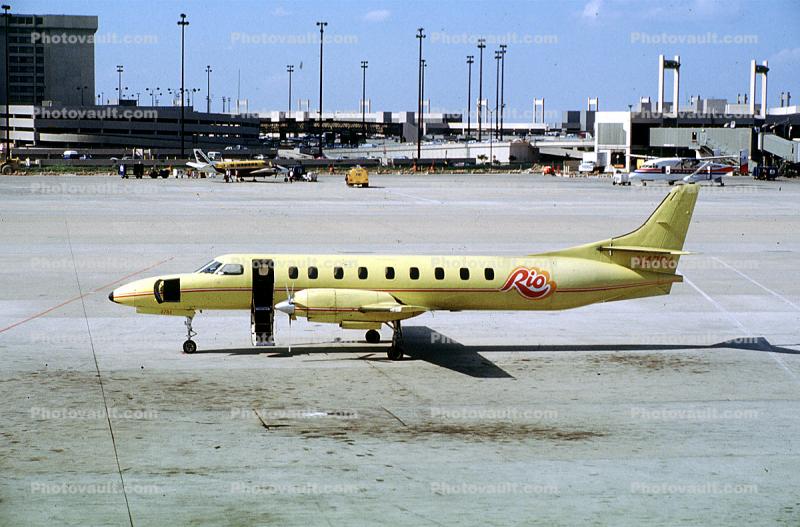
|
|

- Code Number:
- TAFV25P15_08
- Title:
- N47RA, Rio Airlines, Swearingen SA226-TC Metro II
- TC-294
LN: 294
Engines: 2x TPE331-10UA
Built: 1979
Written off
Accident report:
Status: Final
Date: 13 JUN 1997
Time: 12:48
Operator: North American Airlines
Registration: C-FEPW
Crew: Fatalities: 0 / Occupants: 2
Passengers: Fatalities: 0 / Occupants: 0
Total: Fatalities: 0 / Occupants: 2
Airplane damage: Written off
Airplane fate: Written off (damaged beyond repair)
Location: Ottawa/Macdonald-Cartier International Airport, ON (YOW) (Canada)
Phase: Landing (LDG)
Nature: Cargo
Departure airport: Hamilton Airport, ON (YHM) (YHM/CYHM), Canada
Destination airport: Ottawa/Macdonald-Cartier International Airport, ON (YOW) (YOW/CYOW), Canada
Narrative:
The co-pilot was flying the aircraft for a radar-vectored, localizer/back-course approach to runway 25 of the Ottawa/Macdonald-Cartier airport. Air traffic control requested that the crew fly the aircraft at a speed of 180 knots or better to the Ottawa NDB, which is also the final approach fix (FAF) for the approach to runway 25. At approximately eight nautical miles from the airport the aircraft was clear of cloud and the crew could see the runway. In order to conduct some instrument approach practice, the pilot, who was also the company training pilot, placed a map against the co-pilot's windscreen to temporarily restrict his forward view outside the aircraft. The approach briefing was not amended to reflect the simulated instrument conditions for the approach. The co-pilot accurately flew the aircraft on the localizer to the FAF, at which point, he began to slow the aircraft to approximately 140 knots and requested that the pilot set flap, which he did. Once past the FAF, the copilot's workload increased, and he had difficulty flying the simulated approach. On short final to runway 25, the pilot removed the map from the co-pilot's windscreen. The co-pilot noted that the aircraft was faster and higher than normal and he tried to regain the proper approach profile. By the time the aircraft reached the threshold of the runway 25, it was approximately 500 feet above ground, and at a relatively high speed, so the pilot took control of the aircraft for the landing. The pilot attempted to descend and slow the aircraft as it proceeded down the length of the runway and stated that he had just initiated an overshoot when he heard the first sounds of impact. The propellers struck the runway about 4,590 feet from the threshold of runway 25. The aircraft came to rest about 6,770 feet from the threshold, and a fire broke out in the area of the right engine.
CAUSES AND CONTRIBUTING FACTORS: "The aircraft was landed with the landing gear retracted because the flight crew did not follow the standard operating procedures and extend the landing gear. Contributing to the occurrence were the lack of planning, coordination, and communication on the part of the crew; and the failure of the landing gear warning system."
Sources:
Official accident investigation report
investigating agency: Transportation Safety Board (TSB) - Canada - Keywords:
- Caption Disclaimer

